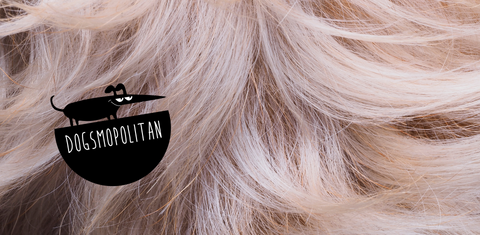How to help your dog get through the coat change
If your pet loses a large amount of hair every day for several weeks in spring and autumn, there is no need to worry. Your four-legged friend is then in what is known as a "coat change".

Now, in spring, the thick winter coat is exchanged for a light "summer coat", and in autumn the protection against the cold grows back. Hormonal factors can also play a role in the coat change: bitches often shed during heat or after pregnancy. And in neutered males, the coat change is sometimes spread out over the whole year. But it usually only lasts six to seven weeks.
Here are our tips for this time. The most important thing is to brush and comb daily. This not only keeps the house clean, but also helps your pet to adjust. Brushing improves blood flow to the skin and dead hair, especially from the undercoat, is easily removed. This is important to prevent matting in the fur. This not only looks unsightly, but can also lead to bacterial infections, eczema and fungal infections.
Which brush for which coat? A so-called fur brush is very suitable for short fur, as it guarantees particularly gentle coat care thanks to soft rubber nubs and promotes blood circulation. For four-legged friends with wiry or long fur that tends to mat or tangle, you should use a de-matting knife before brushing. This makes it easy to remove mats and tangles. Some dogs are very sensitive when it comes to their skin and do not like combs or brushes. A massage glove is a good alternative here, as it gently removes dead hair.
There are special combs for long-haired dogs that use a mix of coarse and fine teeth to help untangle the long strands. Brushes that work out the thick undercoat are also particularly suitable, especially now in spring. Silky and fine fur should first be combed through with a fur comb and then the skin should be massaged with a natural hair brush.
You can find everything you need to survive the coat change in our shop


